Baltic outpost
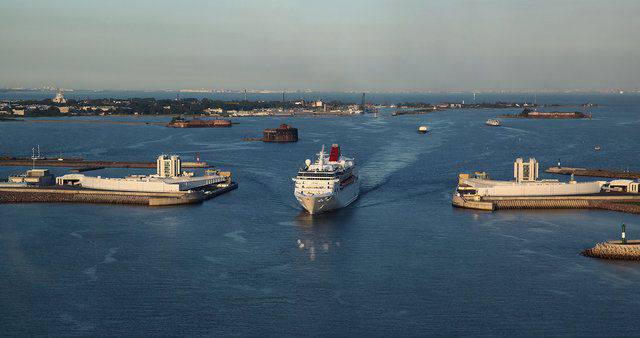
Where did the name of the island Kotlin, is unknown. There was a time, he wore and foreign names: Rychret, Rissert, Rettusari, Kettusari. Centuries before the city was built on the island, the Russian soldiers defended it, like the nearby shores, from the enemy hordes. More than once swords rang here. Since ancient times, this land was owned by Mr. Novgorod. The enemies were constantly trying to cut off Russia from the sea, and therefore there have been wars here all centuries.
The great distemper in the country and the extreme weakening of the Muscovite state forced Tsar Mikhail Fedorovich in 1617 in the year under the Stolbovsky Treaty to abandon the Izhora land, which the new owners called Ingermanland. So Russia was cut off from the waters of the Baltic Sea.
But again and again, our ancestors tried to return these lands, including this low-lying islet, overgrown with dense forest, which lay on the most convenient waterway from the Baltic Sea to the Neva. In 1656, the governor Potemkin went "beyond the line to the Varyazhskoye Sea" with a detachment of feeders and Don Cossacks. Kotlin has Russian rowing flotilla smashed a detachment of Swedish ships and captured rich trophies. Then the island again became part of Russia, but only for a short period of time. And only in the reign of Peter I, together with all the Izhora land, he forever gets rid of foreign owners.
In those years, the struggle for the mouth of the Neva, for the Baltics, demanded great efforts and sacrifices from the Russian people. Protracted, bloody was the war with a formidable opponent - Sweden. She was walking for the fourth year, and there was no end in sight. The troops of King Charles XII in the fall of 1703 attacked from the side of the Sister River and threatened the hastily built fortress of St. Petersburg. And on the seashore one could see the sails of the squadron of the Swedish vice-admiral Numers.
Peter needed to find a suitable place to build a fortress that would protect Petersburg from the raids of the enemy fleet. The king long ago and in absentia, even on the map, chose the island of Kotlin. He lay near the fairway. Nature itself seemed to have assigned him the role of a shield covering the mouth of the Neva. True, the guns installed on the island could not block the whole fairway with their fire, the enemy could pass. And Peter decided to build a fort on the shallows, about a verst from the south bank of Kotlin, on the other side of the fairway.
The first Russian coastal fortification in the Baltic called Kronschloss - the Crown key. His fourteen six-pound guns no longer allowed the enemy fleet to approach Petersburg unhindered. The choice of location turned out to be so successful that the fort remained a crucial point for Kotlin’s defense and a half century and lost its value only after the appearance of more long-range rifled artillery.
Contemporaries and like-minded Peter perfectly understood the significance of the first Russian fort on the Baltic Sea. He was called "Miracle Affairs". In memory of this building was awarded a medal. Its gold and bronze variants have survived. Only on this medal the first name of the fortress has been preserved. Soon it began to be called differently: Kronshlot - Crown lock.
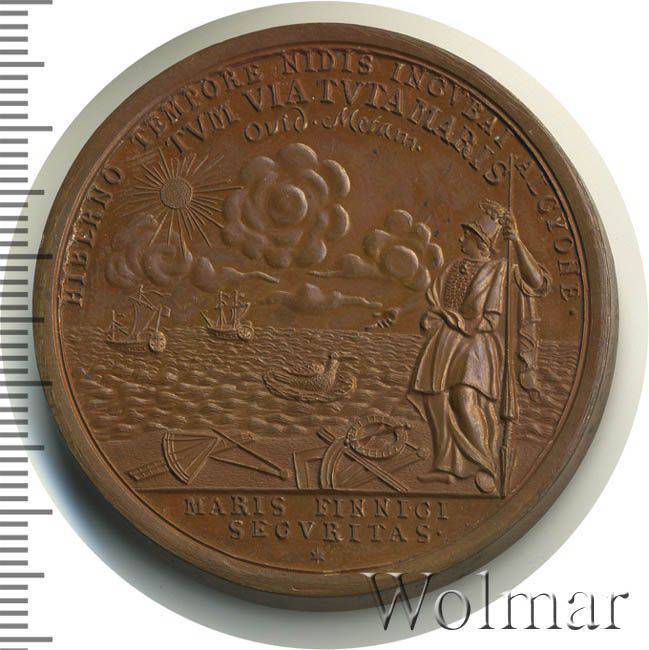
Peter sought that the defense of the fort was not only brave, but also skillful. With such a calculation, the island was also strengthened. On it, in front of Kronshlot, they created an earth battery, later called the Old and St. Andrew's. Thus, the southern fairway was crossed by crossfire. The northern fairway, winding and stony, was considered impassable by seamen for a long time.
In 1705, the construction of long-term facilities began. The fortress of St. Alexander Nevsky was built on the spit, while the fleet from early spring to autumn stood at its walls and was transferred to Petersburg only with the first frosts. This was inconvenient, and Peter ordered the construction of the necessary harbors, marinas and shops directly on the island.
In the 1714 year, after the Gangut victory, it was time for Kotlin to become not only a military, but also a trade port. However, Kotlinskaya harbor, the first Russian hydraulic structure on the Baltic, which contained all 40 ships, was too small even for the needs of the military fleet, not to mention the merchant fleet, and could not play that important role in the life of the state that was intended for it. That is why the creation of new spacious harbors, which later received the name of the Military, Forest, Middle and Merchant, began a year earlier. At the same time, the Kronslot was reconstructed. It acquired the shape of an elongated pentagon, contributing to the strengthening of the fire defense of the fairway.
The huge reconstruction work was carried out surprisingly quickly, and already in 1719, about a hundred merchant ships from different countries of Europe arrived at Kotlinsky port. Then the king decided to build on the island docks, boathouses, various workshops and pave channels. On them the largest ships and vessels should pass freely. The canal, the docks and the boathouses began to operate already from the 1725 year. In one dock, more than 10 ships could be simultaneously repaired, which was not the case in any country in the world at that time. 20 meters in width and more than 300 meters in length - these are the dimensions of the dock channel. Reconstructed and improved, but mostly the same, Petrovsky dock successfully serves today. By the way, from the same time until today, the zero of the Kronstadt tide gauge has been counting absolute heights and depths throughout the territory of our country, in the seas washing it, in air and space.
October 7 The central fortress was laid on Kotlin on October 1723, the name of which, Kronstadt (Crown City), was announced on the day of the laying of the fortress wall. The city still bears this name.
After the death of Peter the Great, the “spring” instituted by him acted for several more years, but its strength began to weaken in the reign of Anna Ioannovna. The already constructed structures were destroyed, and the delivery of new ones was delayed. Thus, the long-suffering construction of a unique, even today, dock-canal with a length of 2 and a kilometer of 240 meters was completed only in 1752, and on August 1, the first ship entered it. The short-sightedness of kings, the irresponsibility of ministers and officials, nullified the efforts of engineers and workers, destroying the results of gigantic labor. Only frequent wars with strong maritime powers from time to time forced the government to worry about the combat capability of the Kronstadt fortress.
Significant changes in Kronstadt occurred under Catherine II. Fearing the Admiralty’s proximity to the palace buildings due to frequent fires in the capital, the empress in 1784 ordered her transfer to Kronstadt. Since that time, the city began to form as a kind of standard of the sea fortress of Russia, the principles of which were embodied in the ports-fortresses created later in the south, east and north of the state. However, under Paul I, all work ceased immediately, as soon as there was no urgent need for them. So, in 1801, Emperor Paul I ordered to dismantle all the fortifications of the Tolbukhinskaya Spit. And it happened at the most inappropriate moment: Russia was actually in a state of war with England. Admiral Nelson’s squadron approached Revel, preparing to move to Kronstadt. The conflict was prevented only by the death of Paul I.
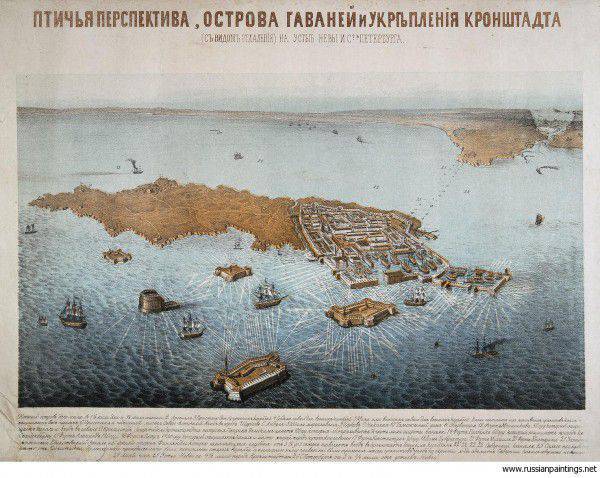
After the conclusion of another peace between Russia and Sweden in September 1809, the English fleet left the Baltic. And again, Kronstadt and its fortifications, by the will of politicians, were forgotten for a long time. In November, 1824, the storm that flooded Kronstadt, struck at the fleet. Of the ships in harbors and on the 94 roadstead, they were anchored to the entire 12. The commander of the Kronstadt port informed the Chief of the Naval Staff that 18 battleships, 9 frigates, 9 brigs, 5 sloops, 2 schooners, 7 transports, a corvette and a boat sank or many merchant ships were stranded. On the same day, the raging element destroyed almost all the fortifications that were built 120 years.
It was necessary to build everything anew, but here it was not without a “protracted”, which lasted from 1825 to 1840 a year. Despite many deficiencies and miscalculations of the recovery period, by the middle of the 19th century, the Kronstadt fortress became much more powerful and could stop any enemy on the approaches to St. Petersburg.
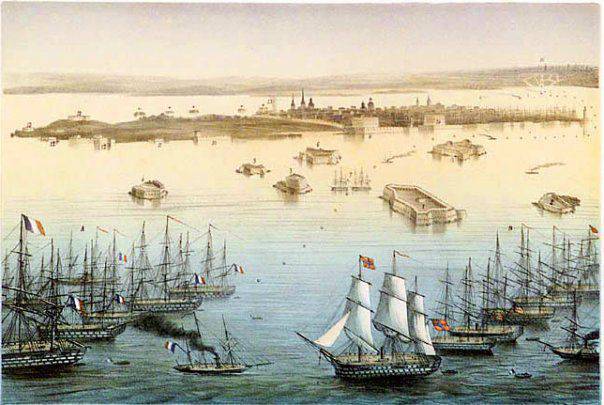
The Crimean War, which ended in 1856, showed the impotence of Russia and the need for fleet technical re-equipment. In 1862, all sailing battleships, corvettes and frigates were excluded from the lists. A year earlier, the first Russian armored ship, the gunboat Experience, appeared on the Baltic. By 1870, the Baltic Fleet already had 23 armored ships. And again, as in the years of Peter the Great, the Kronstadt squadron began to be distinguished by modern ships, excellent training and coordination of actions. Technical progress in the military required a restructuring of the fortifications on Kotlin. Since 1896, forts began to dress in reinforced concrete, they were armed with the newest rapid-fire large-caliber guns. All fortifications, located along the coast, connected the railway line.
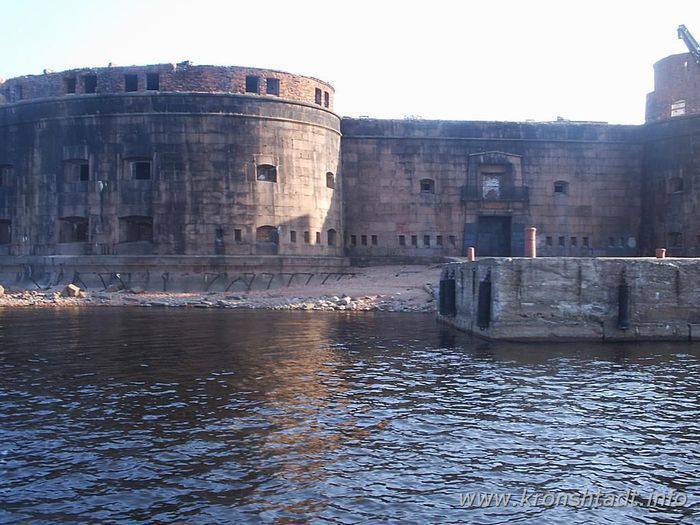
The need to repair armored ships forced to build four large docks in Kronstadt: Nikolaev, Konstantinovsky, Aleksandrovsky and Alekseevsky. The last of them was the largest in the world.
Military reform brought great benefits to Kronstadt. However, the period of recovery again gave way to stagnation. Domestic and foreign policy, which led to economic and technical backwardness, inevitably led to the decline of the Russian army and navy. All this was reflected in the Kronstadt fortress. On the eve of the 20th century and the 200 anniversary of Kronstadt, the key to Russia, the shield of the capital, again found itself in weak and indifferent hands.
From the time of Peter the Great, the Kronstadt trade port, or rather the avanport of Petersburg, lived with a life of agility. The war that broke out in February 1904 of the year cost the Russian people dearly, and in particular, the Baltic Fleet. In the summer and autumn, Kronstadt took an active part in the formation of the 2 and 3 Pacific squadrons. Of the 38 ships that had departed from the Baltic, 21 was sunk in the Tsushima battle.
After the Russian-Japanese war, along with the construction of modern ships of all classes, the modernization of sea fortresses began. First of all, it touched Kronstadt. To strengthen it, they began to build a front line of defense: the powerful forts on the southern shore of the Gulf of Finland - Krasnaya Gorka and the Gray Horse, on the north coast - Ino. In front of the numbered forts, located on the islands of the Northern Fairway, two much stronger ones appeared - Totlebsn and Obruchev. The commissioning of these forts in 1914 year entailed a significant increase in the garrison of the fortress. In total, there were 30600 military personnel in Kronstadt.
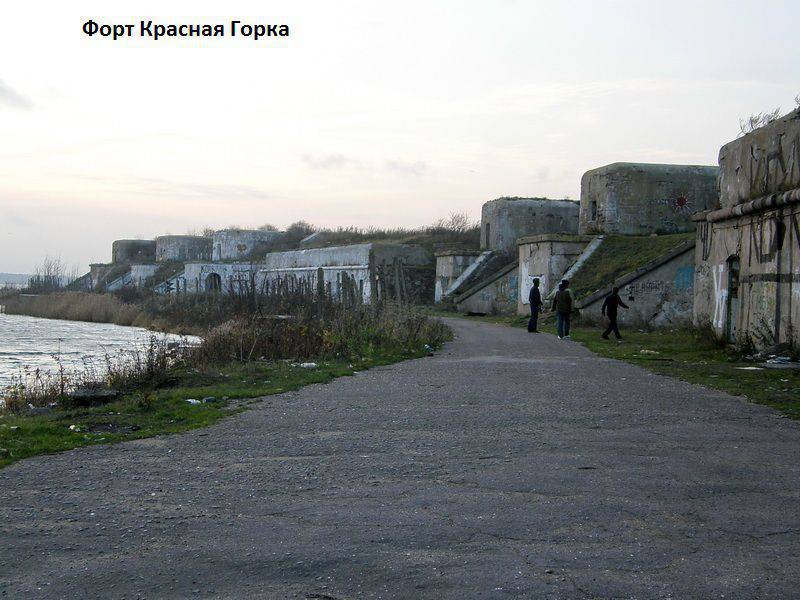
World War I once again reinforced the importance of the Kronstadt fortress. From here, the warships went into battle, and here they came for repairs. At the same time, the political importance of Kronstadt grew: it was the only city in Russia where the power of the Soviets was established immediately after the events of February 1917. In February, 1918 from Revel to Helsingfors, and then 236 ships and ships went to Kronstadt. The ice campaign was the first strategic operation of the Soviet fleet. Leaving Finland, the Soviet troops who did not want to leave Eno in the hands of the enemy, the most powerful fort of the Kronstadt fortress, blew it up.
Heavy tests fell on Kronstadt and the Baltic Fleet in 1917-1921. Deep wounds were inflicted on ships, fortifications, and the city. In January, 1921 signed a decree of the Council of People's Commissars on the recovery of sunken ships and vessels and assigned the task of “reviving and strengthening the Red Navy”. In Kronstadt, the school of specialists resumed its work: artillery, electromotor, machine. Special courses for improving the fleet commanders were also organized here. The enterprises were in a very difficult condition - a radical reconstruction of production, replenishment and training of personnel was required.
In the autumn of 1922, the first maneuvers of the Red Baltic Fleet took place, which was based mainly on Kronstadt. At the same time, the coastal and air defense of the fleet was strengthened. Forts and batteries began to receive new artillery installations. Parts of railway artillery were created.
March 12 A peace treaty was concluded between the Soviet Union and Finland, pushing the state border away from Leningrad and Kronstadt. The fleet had open exits to the sea, new bases. From June 1940, Tallinn became the main base of the fleet. By the beginning of the war, the naval base in Kronstadt was a large mix of warships, coastal defense and air defense.
By the end of August 1941, the Soviet fleet had to leave Tallinn. Almost 140 ships and ships broke into Kronstadt, once again becoming the main base of the fleet. This period and the role of Kronstadt (especially in the defense of Leningrad) is an extensive topic for a separate article (or even articles). We note only that 20 June 1944, the fortress struck the last artillery strike on the enemy in World War II. Noting the merits of the naval fortress, the USSR government 18 in May 1954 awarded Kronstadt with the Order of the Red Banner, and 26 in January 1984 for military and labor services to the Motherland and, in connection with the 40 anniversary of the complete liberation of Leningrad, the second similar order.
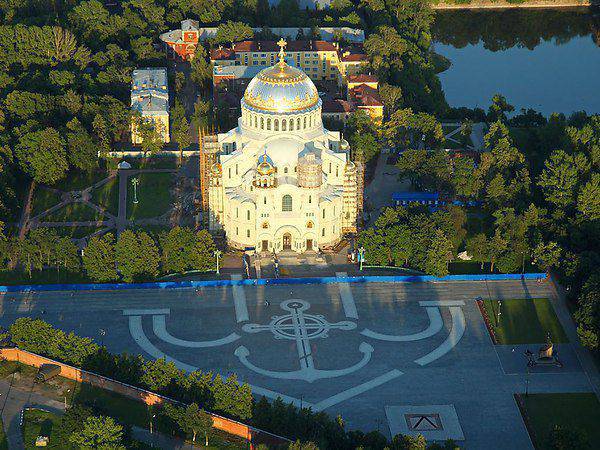
Currently, Kronstadt has become the administrative district of St. Petersburg. It is connected to the metropolis by a motorway. And although in 1996, it ceased to be a closed city and the main base of the Baltic Fleet, Kronstadt continues to remain the sea gate from Europe to Russia and the city of military and naval glory.
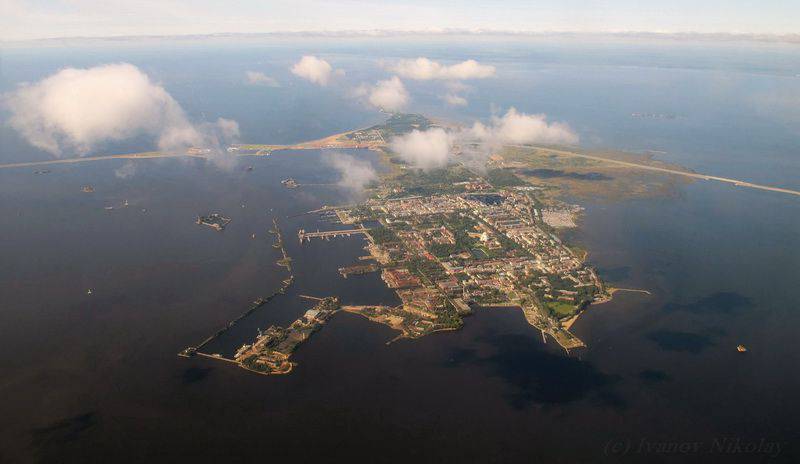
Sources:
Rozadeev B. Kronstadt (architectural sketch). M .: stroiizdat. 1977. C. 47-54, 92-99, 118-121.
Skorikov Yu., Razdolgin A. Kronstadt fortress. L .: Stroyizdat. 1988. C. 4-7.
Privalov E. Kronshloss - Kronshlot - Kronstadt // Sea collection. 1994. No.5. C. 91-93.
Darinsky A. Geography of Leningrad. L .: Lenizdat, 1982. C. 12-18, C. 21-29.
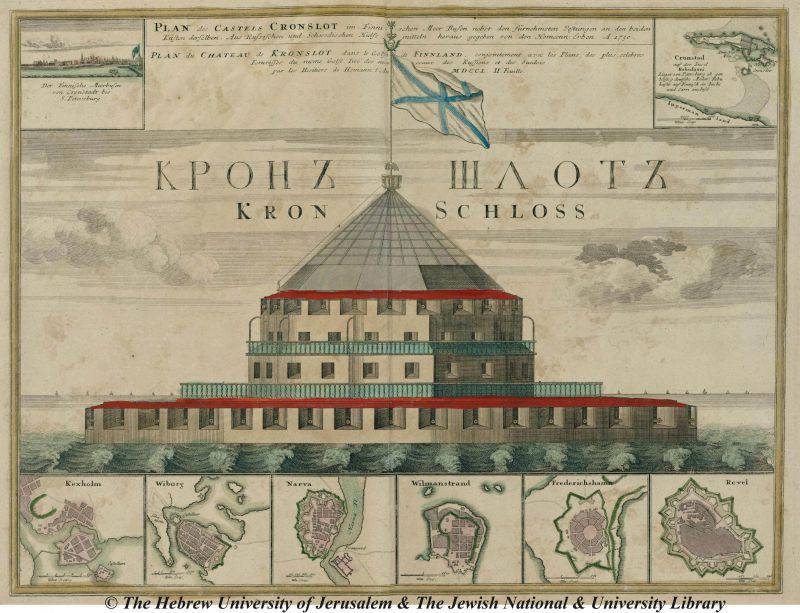
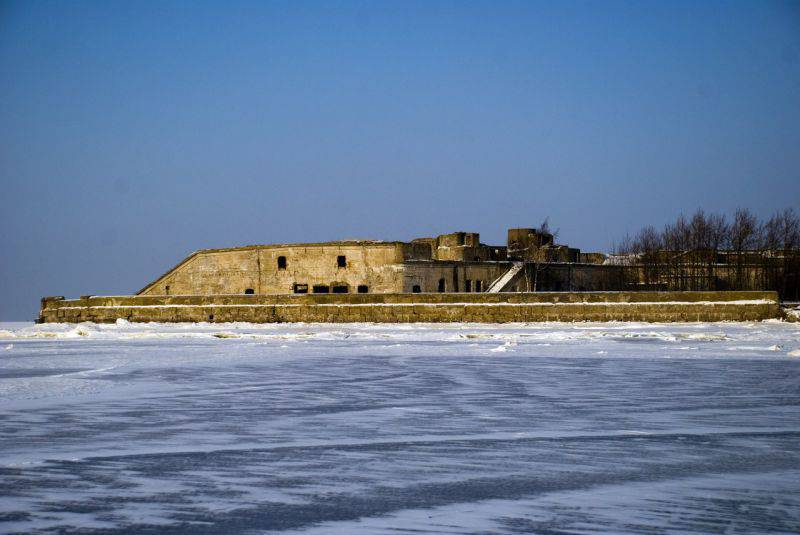
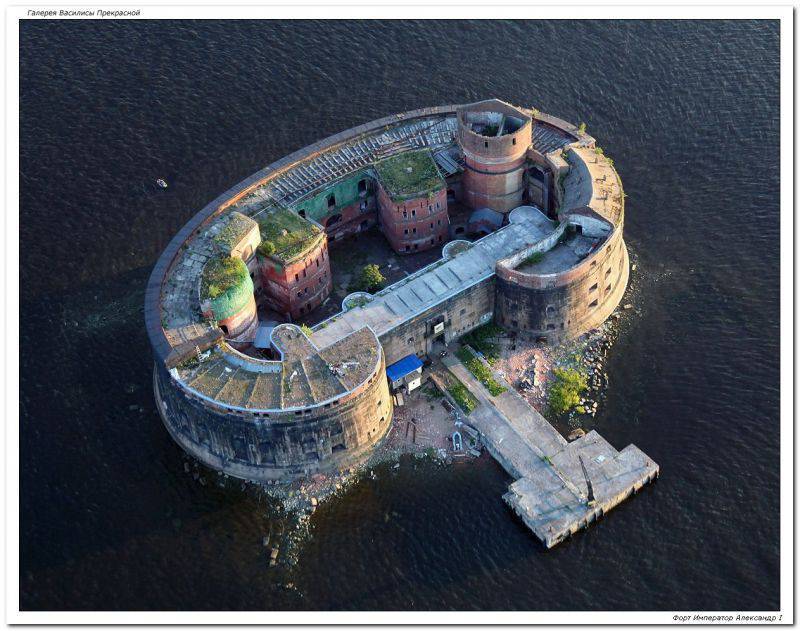
Information